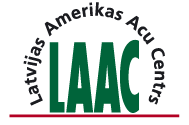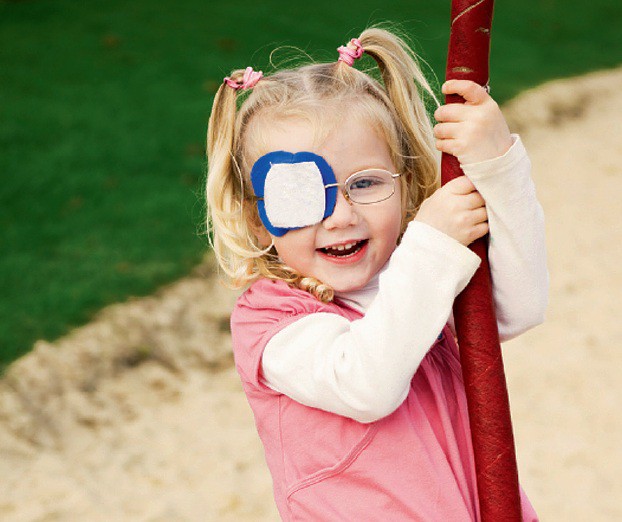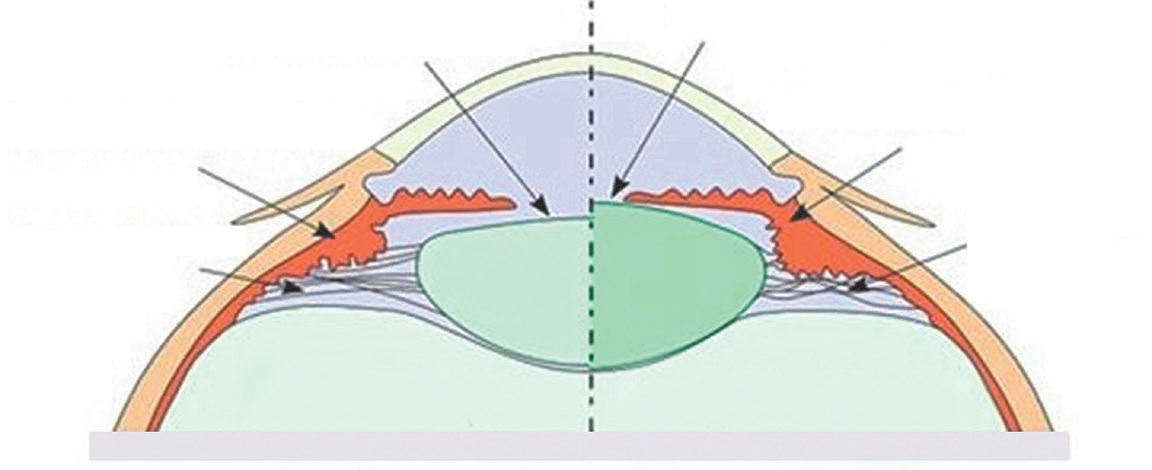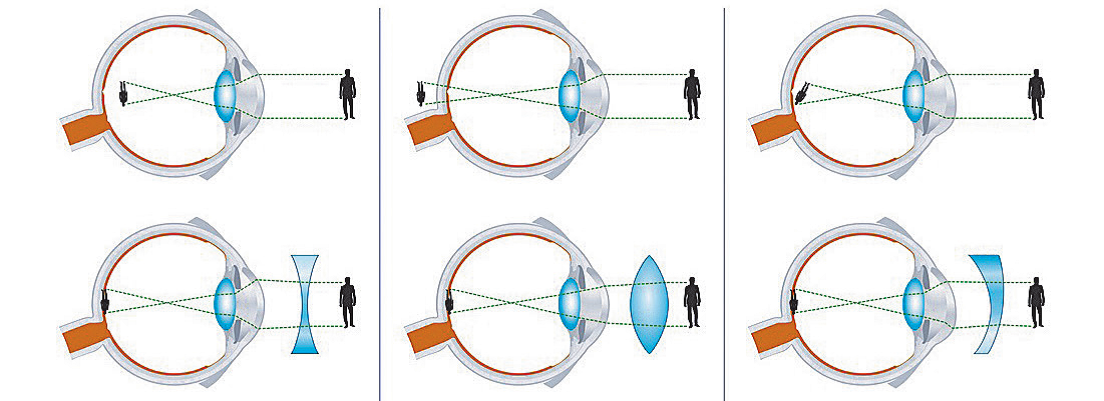Eye examination for children
Why do we need to examine the eyesight of a child?
A child can see from the moment of birth but the eye system develops up to the age 7 or 8. If there is a disorder during this period that does not allow information to move from the eye to the central nervous system then the development of eyesight will be impaired. The sooner the disorder is noticed and eliminated the higher the chance to develop full eyesight.
What is the best age to check a child's eyes?
Usually the first visit to an ophthalmologist takes places when a child is one year old. But if the parents or the doctor have some doubts about the child's eyesight then parents must take the child to an ophthalmologist immediately. If the first examination proves to be normal then the child is examined again at 3, then 5 or 6 and at school age.
What are the common questions that an ophthalmologist asks during the first examination?
It is important for a doctor to know if there have been any problems during pregnancy, if the birth happened on time and if there were any problems during the birth. A doctor needs to know about the general condition of the child's health, all operations the child has had, any allergies etc. A doctor also needs to know about any eye disorders in the family.
How can a doctor check the eyesight of a child?
Many parents are surprised to discover that it is possible to check fully the eyesight of a very young child. An experienced ophthalmologist can assess the condition of the eyesight of a child who has not even started to talk. For example, a doctor can check how the sight of a child reacts to bright colours and objects. It is very important to check each eye separately. For older children doctors use jigsaw puzzles to assess their eyesight.
It is very important that an ophthalmologist checks three visual features:
- the binocular function;
- the potential to develop a squint;
- general eye movement.
Why is it necessary to use eye drops during the eye examination?
It is very important to use specific eye drops within the examination. The drops enlarge the pupils to relax the accommodation muscle of the eye and to assess the size of eye refraction or beam break. The doctor must be able to define precisely the level of shortsightedness, farsightedness or astigmatism and to assess how the results correspond to the norm for the age.
It is much easier to see the inner structure of the eyes when the pupils are enlarged.
What are the typical eye problems for children?
During the first visit doctors find that approximately 4% of children have eye problems that could impair the normal development of their eyesight. The three most common are: heterotropia (squint), ambliophia or 'lazy eye' and refraction problems.
Heterotropia (a squint) is a pathology when both eyes look in different directions. One eye could look either upwards or downwards, or to inside or outside but the other eye could be fixed in the normal way - central. Heterotropia can be continuous or periodical. It can hinder the normal development of the eye and prevent the development of perceptions of space or clarity of sight. It can also be a cosmetic and psychological problem.
Amblyopic or "lazy eye" This means that one or both eyes have impaired eyesight which cannot be corrected by glasses or contact lens. It starts to develop in infancy or in early childhood - the most sensitive eye development period. The sooner the amblyophia is defined and treated the better the results. It is not possible to cure the amblyophia after 7 or 8. The disorder can be created by anything that causes obstacles in the reflection of an image in the retina of the eye. The three majors causes of for a "lazy eye" are:
- when an optical ray breaks or is impaired;
- a squint;
- when the internal structures if the eye produces a distorted visual image.
In order to cure a "lazy eye" it is not enough to eliminate the reason but also to force the "lazy eye" to work more effectively - to look more actively. This can be done by covering the other - healthy - eye for a certain period of time.
The impact of modern Technologies on child’s vision and eye problems of the children
Digital Technologies have become an integral part of children’s life both at home and at school. Many schools also use computer-based teaching. While technological advances can help improve the learning process, many digital devices still are relatively new and long-term effects on child’s eyes are still being researched. The use of technology continues to increase and we need to make sure that children and parents are aware of risk of watching screen for a long time and take appropriate measures to reduce vision problems.
Relaxation – the first step to help eyes
To reduce the undesirable impact of computerized devices on the child’s eyes the frequency and duration of their use should be monitored. Eyes, like any organ, get tired when doing one work for a long time.
Many vision specialists and educators recommend for those doing work close to eyes and for a long time to take 20-second intervals after every 20 minutes looking into the distance. If the child is working close to eyes on a long-term basis, the ciliary muscle of the eye is engaged and its spasms may sometimes occur. Due to fatigue the eye loses the ability to respond on changes in focus distance and as a result the ciliary muscle cannot relax and spasms of accommodation occur.
Response of eye on the changes in focus distance
Spasms of accommodation in children
Accommodation is the ability of the eye lens to change its curvature and optical strength, adapting to the viewing of objects at different distances. As a result of cooperation of lens and ciliary muscle of the eye, a clear image is formed. When child is looking into the distance, the ciliary muscle is relaxed and the Zinn’s zonules between the lens and the ciliary muscle pull eye lens towards the ciliary muscle. If, during the day, the child is doing activities close to eyes and foor a long time, for example, when reading or writing, then the ciliary muscle is in permanent contraction condition and is unable to relax that in turn causes eye fatigue in the evenings, and the child experiences difficulties of seeing small objects in the distance and in the vicinity. Spasms of accommodation may also cause headaches, light sensitivity may be increased.
The tension and relaxation of the ciliary muscle occurs all the time, and it does not depend on human will.
Unclear image - refractive errors?
Also uncorrected or inaccurately corrected refractive error may result in additional strain and load to accommodation.
Sometimes even minor uncorrected astigmatism causes discomfort when working close to eyes for a long time and may cause headaches to the child. In this case, visual correction should be used, and it is important to properly optimize the visual load when learning and using the computer. Timely uncorrected astigmatism can also be a reason for preventing full development of child’s vision.
The farsightedness is very common in young children. Every age has its own refraction correction rates. If the hypermetropia or farsightedness in baby is increased, it may become a cause of squint, which is not only a cosmetic defect, but also affects the development of binocular and spatial vision function.
The squinting eye deviates from its axis and initially causes the child sees double, later the child’s brains learn to suppress the image sent by squinting eye, and the development of visual functions in this eye is impaired, an amblyopia or lazy eye is forming.
The shortsightedness or miopy is another problem of refractory in pre-school children, but more common in school-age children. It is difficult for a child to see distant objects clearly.
If shortsightedness is large, then there is a disturbance in the proximity vision. In most cases, shortsightedness can be completely corrected by eyeglasses or contact lenses.
Shortsightedness Farsightedness Astigmatism
It should be clarified that the use of modern technology will not be the reason why the child will start to squint or will have to wear glasses, but it can decompensate the visual function weaknesses - for example, to decompensate the binocular functions of the eye (phoria???), to influence the accommodation, to put into effect any uncorrected refractive error. When working with digital devices, children, like adults, often forget wink their eyes often enough, which may cause a feeling of dryness, scratchiness or redness in the eye.
Do not allow poor vision to affect the quality of life of a child
An annual child eye examination by a specialist ensures that the child's vision problems are timely discovered, even if the child has no complaints or symptoms. Children often do not complain about vision problems, because they do not have to compare with. Little children may even not notice that one eye is poor, because the other one can compensate for its poor eyesight.
There are several indications how parents may notice that the child has vision problems - the child avoids close proximity, hold head inclined, closes one eye, narrows his eyes looking in the distance or in the proximity, complains of frequent headaches, especially after work close to eyes, complaining of blurred vision, doubling, etc. Any complaints or suspicion of sight problems are a sign for a visit to an eye doctor.







